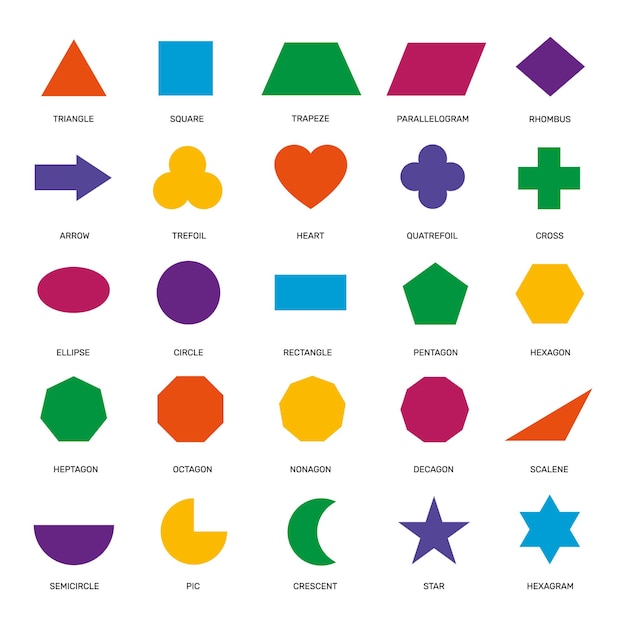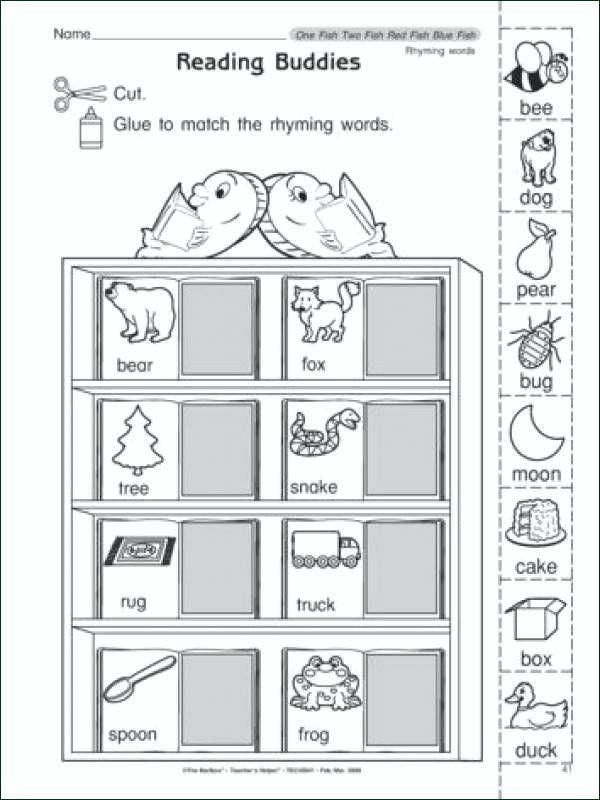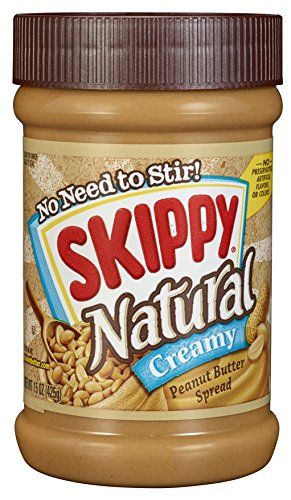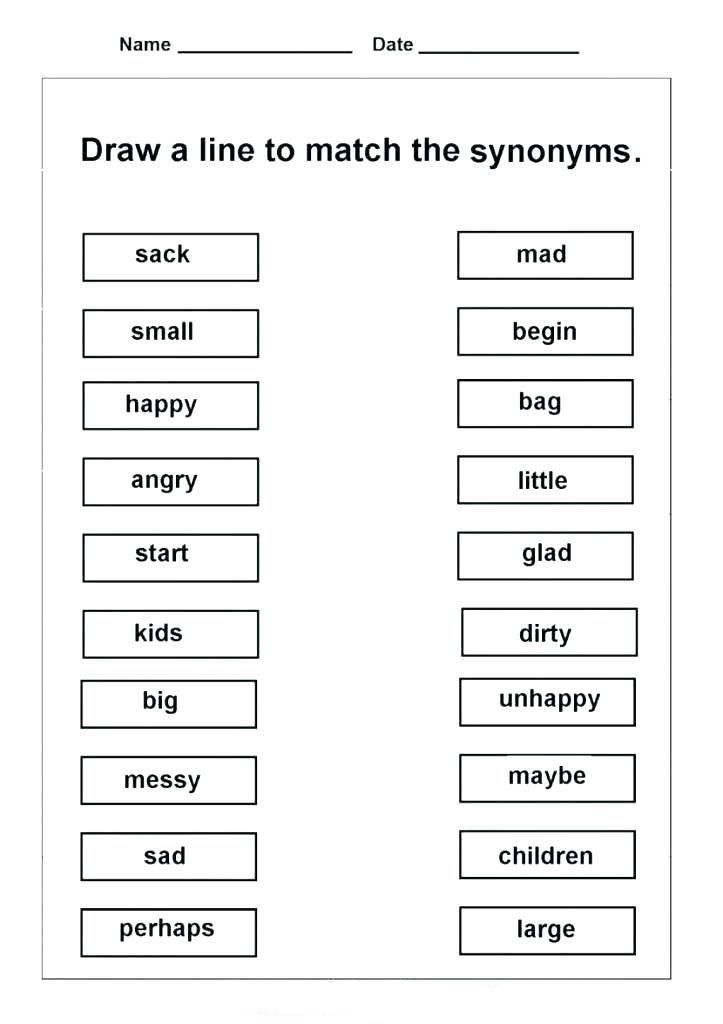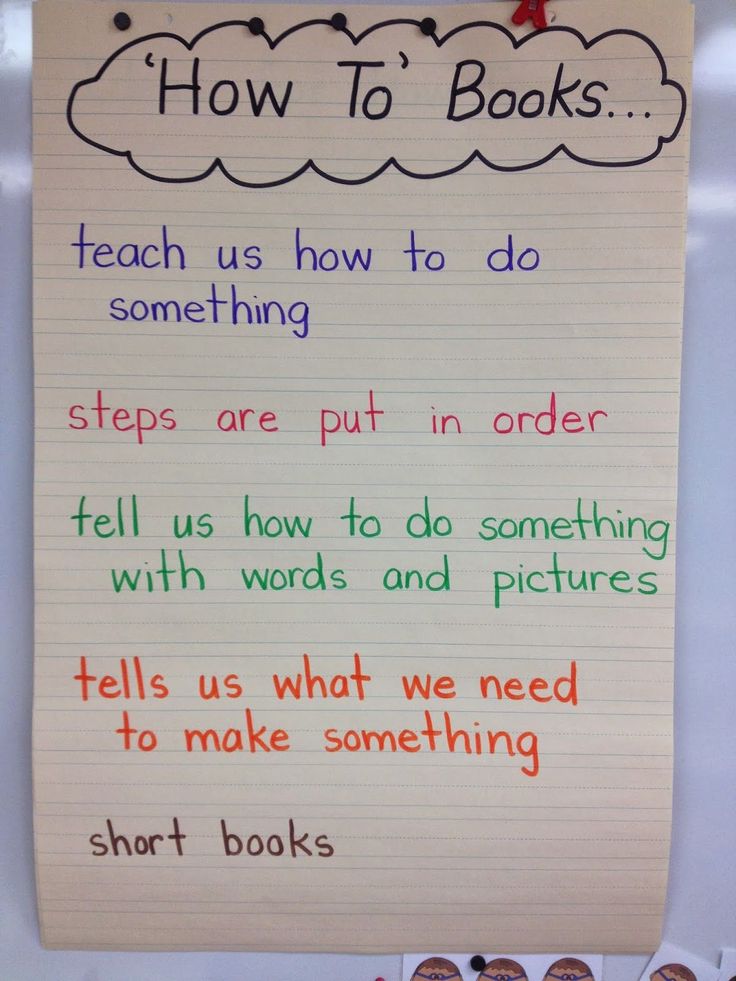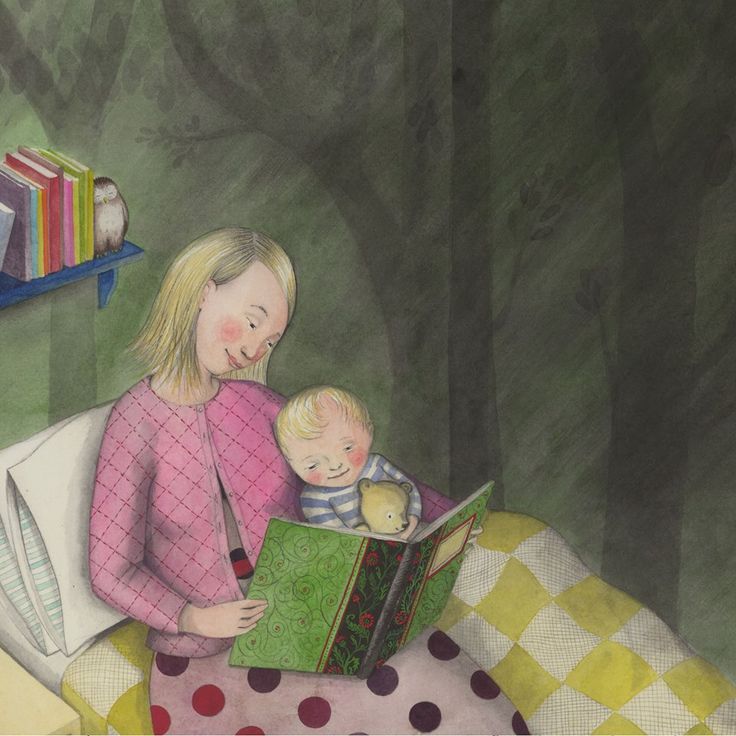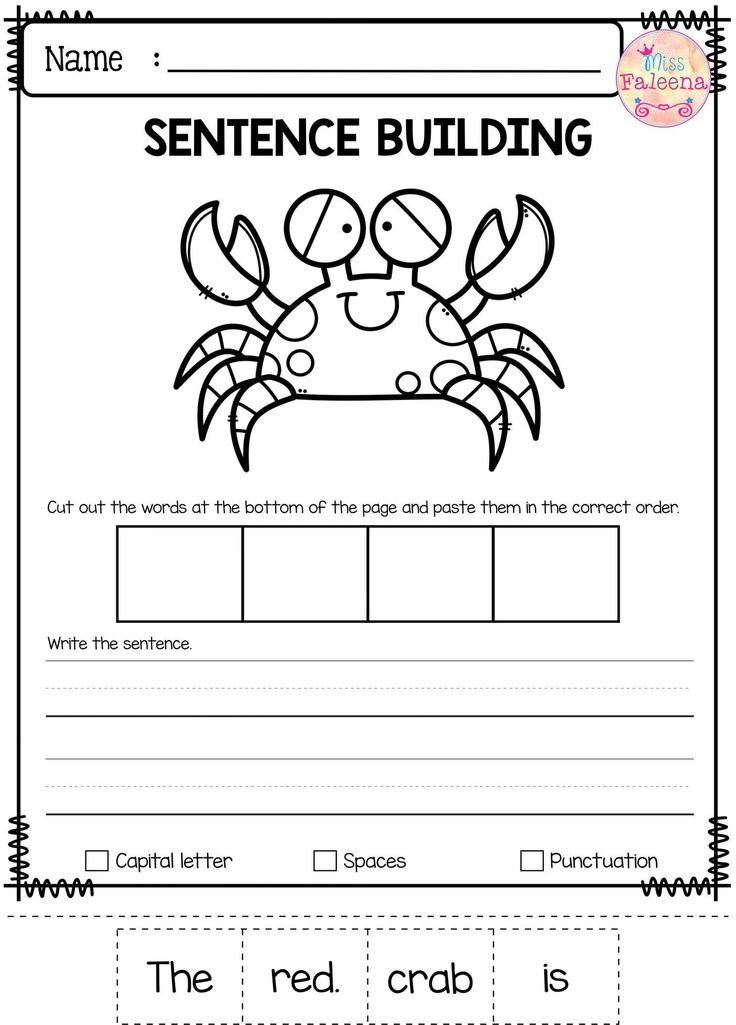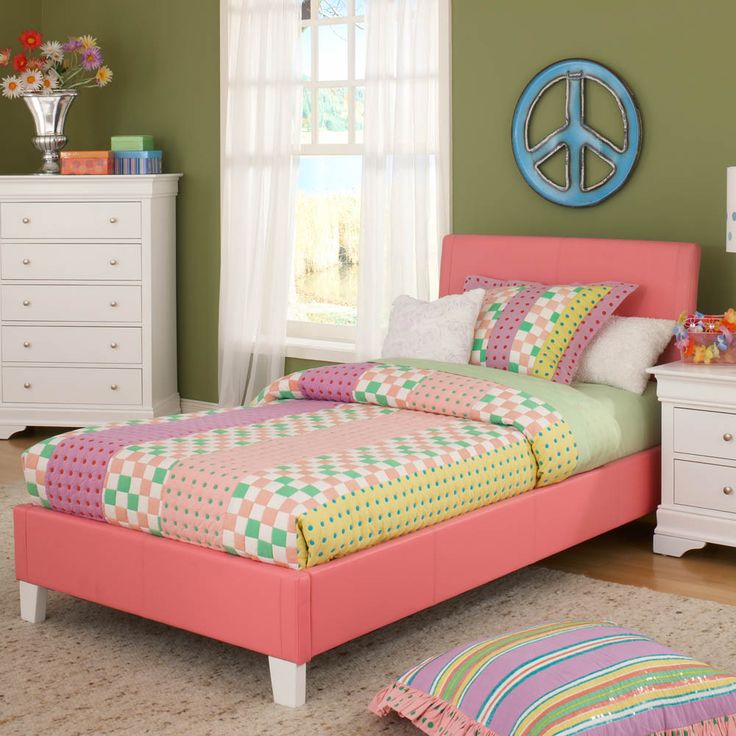Basic shapes for toddlers
13 Fun Ideas to Get Started
17 shares
- Share
- Tweet
Toddlers are always learning, and when your toddler is around two-years-old, it’s time to start teaching shapes to toddlers.
My toddlers always love to learn shapes, and with so many fun activities, you’ll find plenty of ways to teach your toddlers all the shapes. It’s best introduced as simple activities and games, along with shape toys that your child can enjoy for months.
Ready to get started? Here is what you need to know about teaching shapes to toddlers.
This post may contain affiliate links which I would receive a small commission should you make a purchase.
Why Teach Shapes to Toddlers
Have you ever looked around you and realized that shapes are one of the most noticeable attributes of the world around us? Teaching shapes to toddlers gives them a way to recognize and understand the world around them.
Learning shapes has several benefits for toddlers.
1. Same or Different
Are triangles and circles the same? Are these squares the same or different?
Discriminating same vs different is a big deal for toddlers, and it helps them start to visually discriminate and learn the world around them. Kids start learning how to scan their environment and notice important differences. It also helps your children follow directions better.
For example, you might tell your toddler to grab the blue circle on the floor. That’s much easier for them to understand than just saying get the toy on the floor.
2. Teaches Categorization
Looking and learning about shapes teaches your children about the attributes off objects. Children learn how to make observations about similarities and differences.
For example, toddlers might compare two different squares. He will notice they’re the same shape, but they might be smaller or different colors.
3.
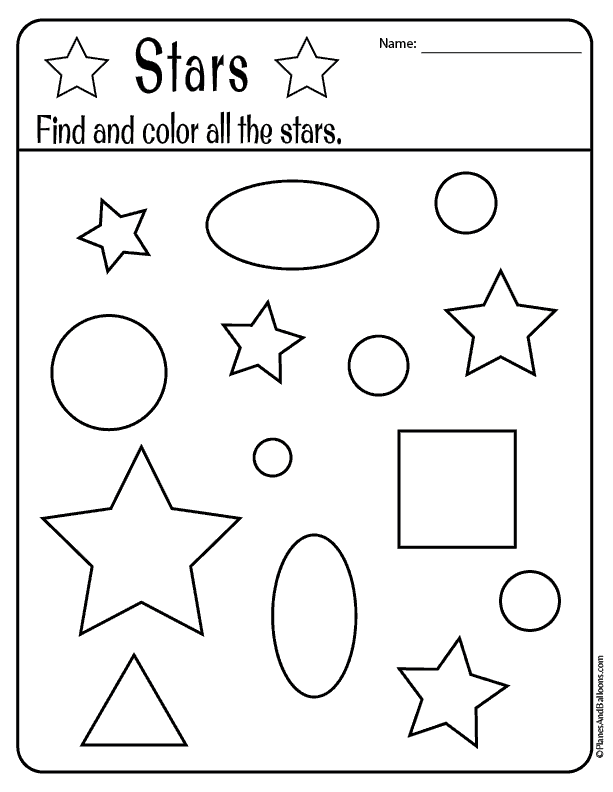 Works on Problem Solving
Works on Problem SolvingPlaying with a shape sorter helps your child determine where the blocks fit. This is an early example of problem-solving for toddlers.
Learning and discriminating shapes also works with spatial relation skills. Does the block fit into the same well? How do objects fit together? These are future math and science skills!
4. Early Math Skills
Shapes is a big part of early math skills. Building with blocks and working on shape puzzles are early geometry lessons. Your toddler learns geometric concepts like shapes, sizes, space, and position.
5. Early Letter Recognition
Shapes are also part of early letter recognition. Have you ever noticed the triangles made up A, V, and W? A circle is an O.
Learning about basic shapes helps your children learn about letter recognition and numbers, and it also helps them to draw shape, a precursor to writing.
6. Use Descriptive Vocabulary
Learning shapes helps to build your toddler’s descriptive vocabulary, encouraging your child to describe and express what they see.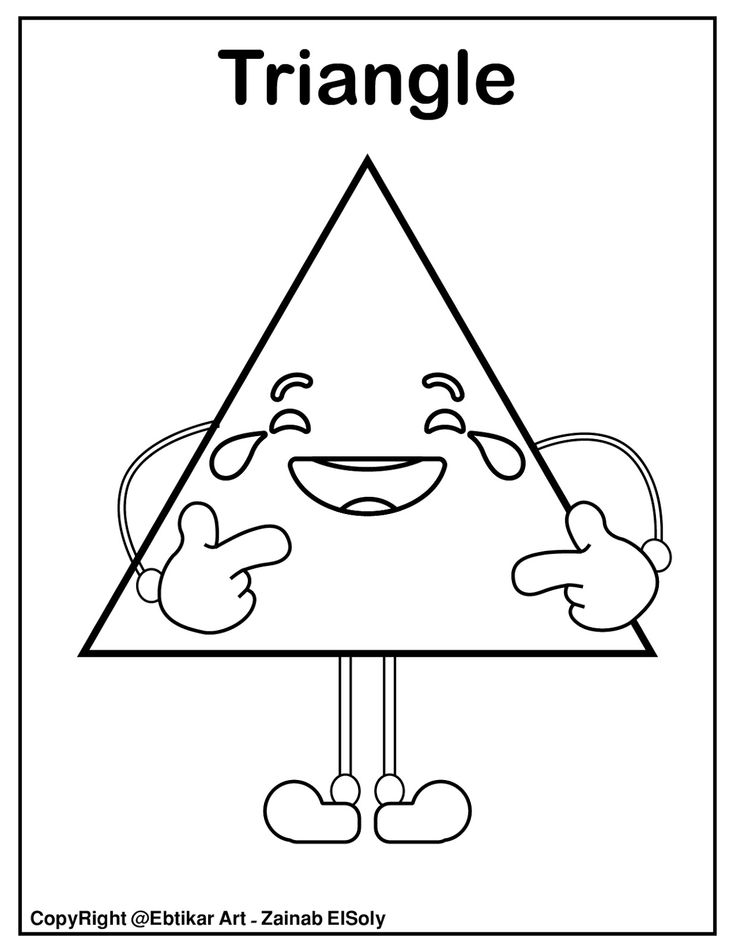
She might notice the square cookie (hey, it happens!), red flowers, or the triangle-shaped toy. This is a gradual step, but it’s an important benefit of learning shapes.
13 Tips for Teaching Shapes to Toddlers
1. Play with Shape Puzzles
One of my favorite ways to teach shapes to toddlers is to play with shape puzzles. While it’s good for your child to play with puzzles alone, make sure you take the time to play with them and give them the names of the shapes regularly.
There are all kinds of awesome shape puzzles that your toddler will love. If you have a toddler who is around one-year-old and you want to introduce shapes, the Melissa & Doug First Shapes Jumbo Knot Puzzle is perfect. It has easy-to-grasp knobs and an understandable picture for toddlers.
If you have a toddler who is a bit older, the Melissa & Doug Shapes Wooden Chunky Puzzle is perfect. The puzzle has eight shapes total and large, chunky shapes that is easy for toddlers to grasp.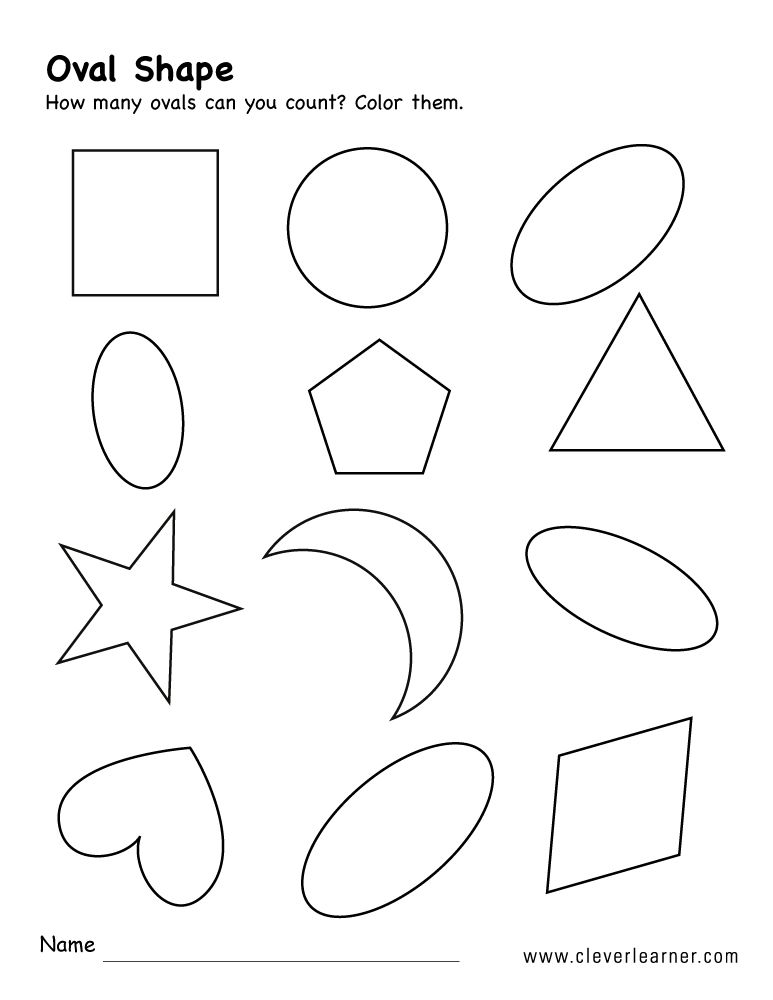
2. Be Repetitive
Repetition is a big deal. When your toddler is learning anything, you have to repeat the information several times.
Think about how many times you need to repeat directions, even for older kids!
Repeating the information for your toddlers is crucial, so when they hand you a puzzle shape, make sure you say the shape name. If you see a shape around the house – like the dining room table is a rectangle – make sure to tell your toddler!
3. Tracing and Coloring
One of the easiest tricks for teaching shapes to toddlers is tracing and coloring. Grab some crayons and let your child color some shapes.
If you can’t find coloring books that have shapes, there are plenty of shape printables or make your own. Toddlers aren’t picky at all!
4. Use Shape Sorters
I used to assume that shape sorters were an outdated toy that kid don’t need anymore – WRONG. Shape sorters give your child an opportunity to hold and learn the shapes, but it also works on problem solving skills.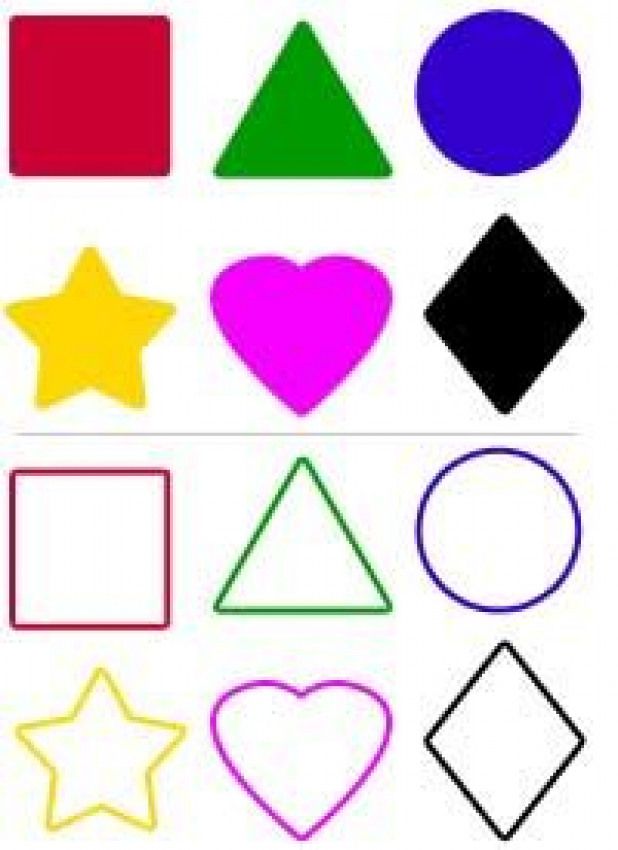
At first, take away a few of the shapes to reduce the overwhelm your toddler might feel as they learn the shape sorter.
If you don’t have a shape sorter at home, I love the Melissa & Doug Shape Sorting Cube. It’s a classic sorting cube with 12 different shapes, ideal for kids two to four years old.
5. Cut Shapes with Play Doh
What kids don’t love Play-Doh? My kids are totally obsessed, and it’s an easy way to keep them occupied and engaged in learning. We have several Play-Doh sets and accessories around our house; mama needs a break sometimes!
I found a large set of play dough accessories, and several of the cutters are shapes. Give your kids some tubs of Play-Doh and these shape cutters. Show them a shape and tell them to cut out a square or triangle.
Trust me; your toddlers will love this!
6. Find Shapes Around You
Shapes are everywhere, but it’s easy to adults to forget that. Toddlers need to understand that shapes are part of their world, so look for shapes around you.
Toddlers need to understand that shapes are part of their world, so look for shapes around you.
The table is a rectangle, a tall cup is a cylinder, the plate is a circle, and a cellphone is rectangle.
Shapes are everywhere, and parents need to point them out regularly. It helps your child know that learning shapes is a big deal!
7. Use Q-Tips to Build Shapes
One of the easiest ways to teach shapes is to build them with q-tips, something most people have and is super cheap.
Some shapes cannot be made with q-tips, like circles, but most can be made with them.
8. Draw Shapes with Sidewalk Chalk
We always have a bucket of sidewalk chalk sitting around, and it’s a great way to teach your toddler shapes. Draw the shapes with the chalk and tell your child the name of each shape. You can even call out shapes and have your child jump from shape to shape.
9. Don’t Learn Too Many at Once
Make sure you don’t introduce too many shapes at one time. That leads to overwhelm, and your goal is mastery. It’s impossible to master skills when the focus is spread out too thinly.
That leads to overwhelm, and your goal is mastery. It’s impossible to master skills when the focus is spread out too thinly.
10. Draw Shapes in Shaving Cream
If you’re worried that your toddler will eat the shaving cream, whipped cream or peanut butter are edible substitutions that work as well.
Spread the shaving cream over the table and have your child draw the shapes in the cream. You’ll need to show them the shapes first and how to draw them.
11. Use Geoboards
Geoboards are a fun little tool that I have for my toddlers. All you need is the geo board and some rubber bands. Then, they “build” the shapes on the boards.
It keeps them entertained for quite awhile, and it’s even fun for you to enjoy.
12. Paint the Shapes
Here’s an easy and fun idea for toddlers.
Cut out shapes from a kitchen sponge, dip them into washable paint, and stamp paper with the shapes. You can start off with one or two shapes and gradually build up to more sponge stampers.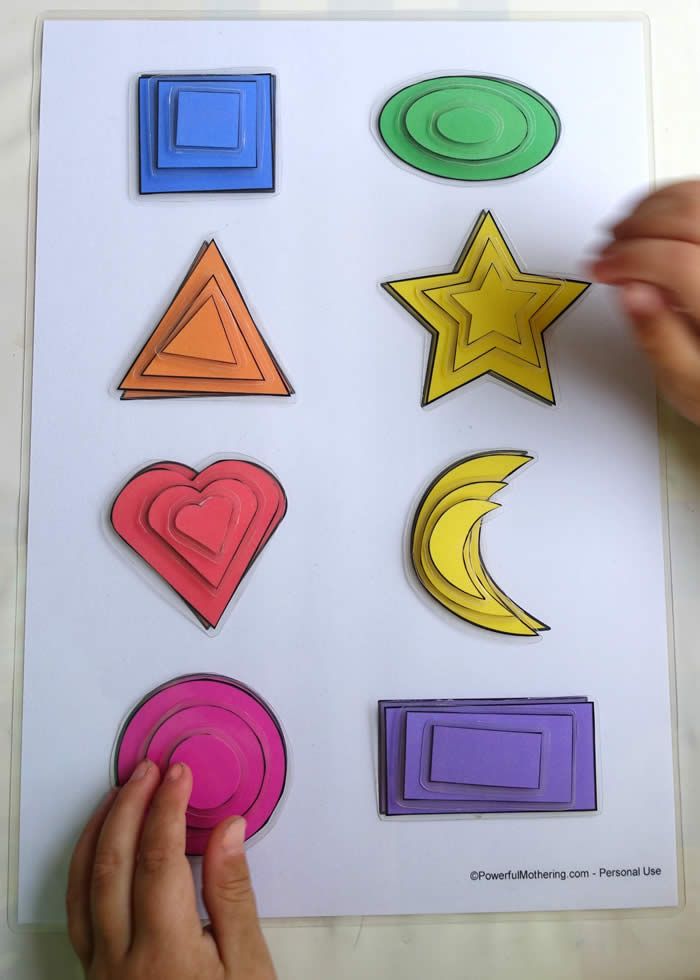
13. Shape Hunt
Try hiding shapes around a room for your toddler to find, or bury shapes in a box of rice or beans for your child to discover. Making a sensory bin with shapes is a great way to teach your toddler shapes while also engaging their other needs.
When Should Toddlers Learn Shapes?
Naming shapes takes longer to develop then learning colors. Children typically reach the stage when they can grasp the concept of shapes around two years old, but that doesn’t mean they’ll fully grasp shapes at that stage.
By the time your child is three to four years old, your child should be able to identify most of the basic shapes. Advanced shapes, like octagons, will be learned much later.
What Shapes Should a 2 Year Old Know?
An average two-year-old is just starting to learn shapes, so your child might not know any shapes yet. At this age, toddlers are starting to learn the basic shapes like circle, square, triangle, and rectangle.
What Shapes Should I Teach First?
Start by teaching your child the most common shapes: squares, circles, and triangles. After your child understands these three shapes, move to rectangles, stars, diamonds, and ovals.
After your child understands these three shapes, move to rectangles, stars, diamonds, and ovals.
Teaching shapes to toddlers should be fun and engaging; this shouldn’t be sit-down lessons that bore your child. Focus on making learning shapes as fun as possible and remember that repetition is necessary to help your toddler learn the names of the shapes.
Related posts:
How to Teach Your Toddler Shapes
Please take a moment and share this post!
Are you looking for the easiest ways to teach your toddler shapes? If so, you’ve come to the right place.
We are surrounded by shapes, so it’s only natural that we begin teaching our kids to recognize shapes at an early age. In fact, many teachers choose to teach shapes and colors first in their early learning classrooms.
Kids quickly begin to notice shapes and we can teach them to recognize basic shapes as toddlers.
There are so many fun activities for teaching shapes! Keep reading to discover the best ideas and activities to teach your toddler shapes, from playdough mats to tracing pages and everything in between.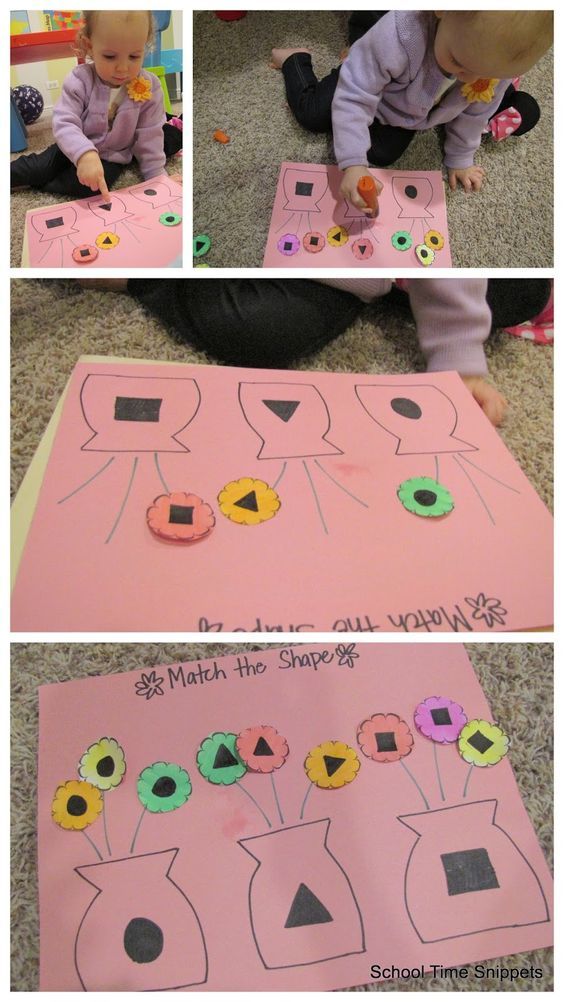
You don’t want to miss these fun toddler shape activities and ideas.
What shapes should a toddler know?
You might be wondering where to begin when teaching your toddler shapes. Around age 2, kids start to notice the shape of objects, but that’s not the same as being able to identify basic shapes.
You can help your kids to identify basic shapes: square, circle, triangle, rectangle) before preschool with lots of fun activities and lessons.
Once your toddler knows basic shapes, you can continue learning by teaching more advanced shapes like oval, star, heart, and diamond.
By learning to recognize shapes and colors at an early age, kids begin to organize and understand the world around them.
Remember, every child is different. Some kids learn their shapes quickly and others need more time. Try some of the fun shape activities for toddlers mentioned in this article to help your toddler become more familiar with shapes and have fun learning.
How do I teach my toddler shapes?
Begin by taking advantage of everyday learning opportunities with your toddler.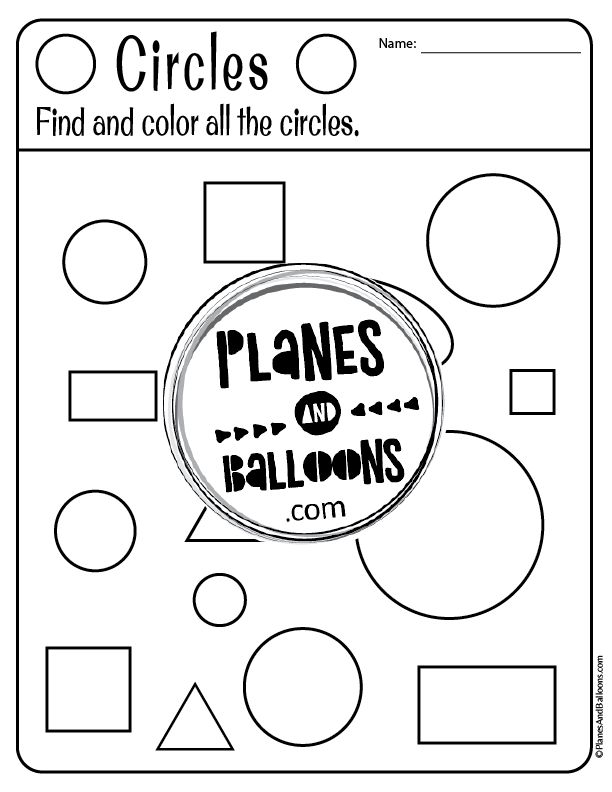 Point out the shapes you see in your natural surroundings.
Point out the shapes you see in your natural surroundings.
Teach your toddler shapes by helping them to recognize the shapes they already see every day. Notice the shape of their pillow, their plate, and the front door.
Your toddlers will get excited by looking for shapes when you’re out and about too. Before you know it, he or she will be pointing out circles and triangles everywhere you go.
One fun way to encourage identifying shapes is by going on a shape scavenger hunt.
Tape shapes around the house and set your children loose on a shape scavenger hunt to find all the shapes they can.
I like to add an extra sense of fun with this by using magnifying glasses. If you don’t have your own, this shape activity bundle comes with a printable one to use!
When your children are ready, you can also have them go on a real life shape hunt and identify the shapes they see in real life.
Teach shapes through play
The next step to teaching shapes for toddlers is purposeful play. Young children learn best through play. It’s important to use that to your advantage. Take advantage of teachable moments as you play, but be careful not to push too hard or overwhelm your little learner.
Young children learn best through play. It’s important to use that to your advantage. Take advantage of teachable moments as you play, but be careful not to push too hard or overwhelm your little learner.
Geometric blocks are one of my favorite ways to encourage shape exploration and learning with toddlers. As you build, say things like “Oh I love that triangle block you used!” or “Can you hand me the rectangle?” In this way, toddlers naturally build shape recognition skills.
Shape books for teaching your toddler shapes
Books provide another fun way to explore lots of early learning concepts with toddlers, including shapes. Here are some of our favorite books for learning all about shapes with toddlers at home and in the classroom:
- Mouse Shapes by Ellen Stoll Walsh
- Shape by Shape by Suse MacDonald
- This Is a Book of Shapes by Kenneth Kraegel
- Round Is a Tortilla: A Book of Shapes by Roseanne Thong and John Parra
- The Shape of Things by Dayle Dodds
- Shapes that Roll by Karen Nagel
- Icky Bug Shapes by Jerry Pallotta
- Shapes are Everywhere by Nikita Floyd
- Which Shape Should I Be by Pamela Kennedy
In addition to being a fun way to learn about shapes with your toddler, reading aloud is the best way to help kids fall in love with books.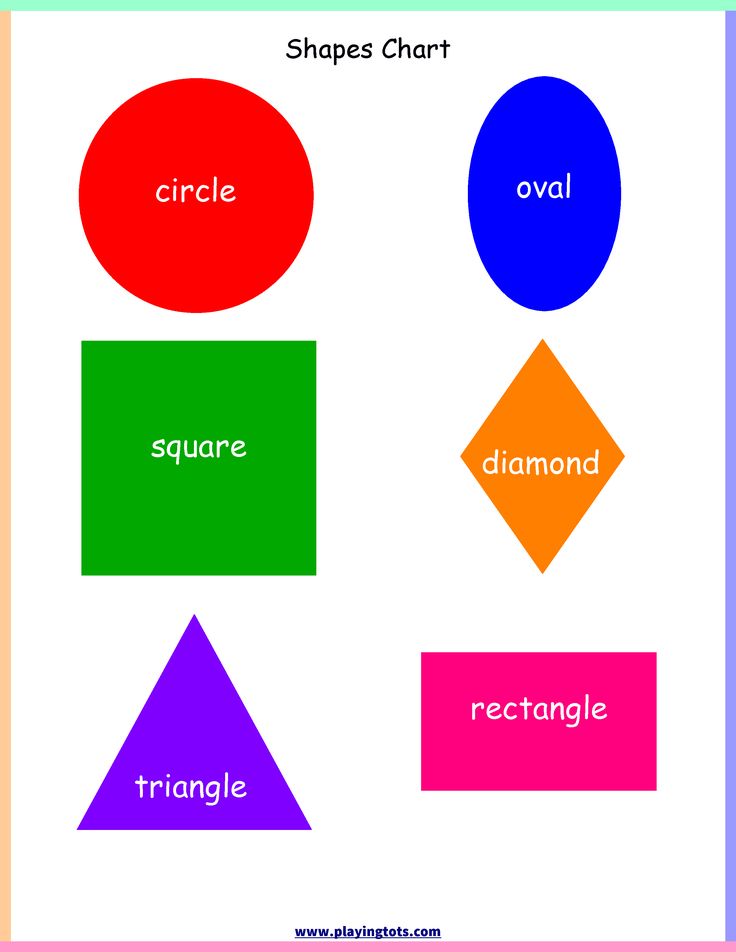
You can encourage your toddlers to love reading and begin to develop an interest in learning to read while building their vocabulary and teaching them about shapes with some great books.
If you really want to encourage a love for reading, grab my shape book. This real life shape book is an easy reader with repetitive text, making it simple for kids to read independently.
Your toddler will have so much fun identifying the shapes inside the book and creating a real life object from it.
What are the geometric shapes?
You might be asking yourself, what are the geometric shapes? That’s easy. The common shapes we learn as toddlers and preschoolers are the geometric shapes. The basic plane geometric shapes are triangles, circles, squares, rectangles, trapezoids etc.
Keep reading to learn about 2D shape activities you can do at home with your children.
Shape Crafts for Preschoolers and toddlers
One way I like to introduce shapes is through shape crafts.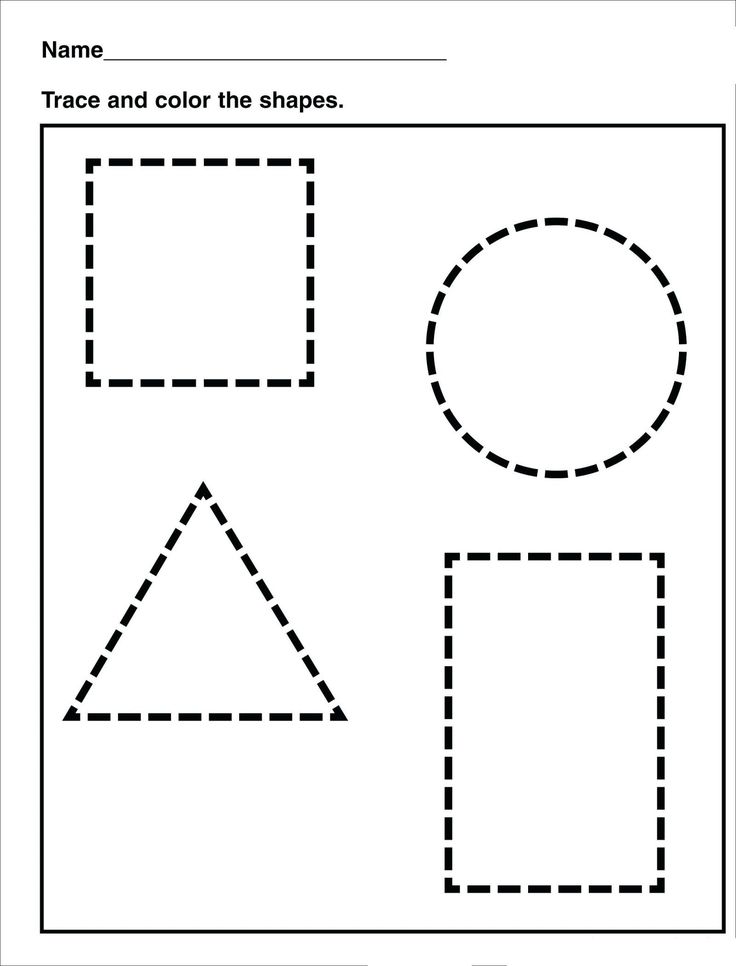 These adorable Halloween shape crafts for preschoolers are a fun way to teach all about basic shapes in Fall.
These adorable Halloween shape crafts for preschoolers are a fun way to teach all about basic shapes in Fall.
Just choose a Frankenstein shape face to build this not so spooky shape craft. Then use my template to finish the rest of this Halloween character craft and record the number of shapes used.
Need even more Halloween shape crafts for kids? Try my witch shape craft, my scarecrow shape craft, or my bat shape craft and have the double the fun learning shapes in October.
Winter Shape Crafts for Kids
Continue the shape crafts throughout winter with this adorable Christmas Tree shape craft for kids. Your toddlers will love identifying basic shapes like circles, triangles, and squares as they build their very own Christmas tree this winter.
Activities for teaching shapes
There are tons of fun activities for teaching shapes to toddlers!
I’ve put together lots of great printable pages you can use to create meaningful lessons with your toddlers without spending lots of time prepping elaborate activities.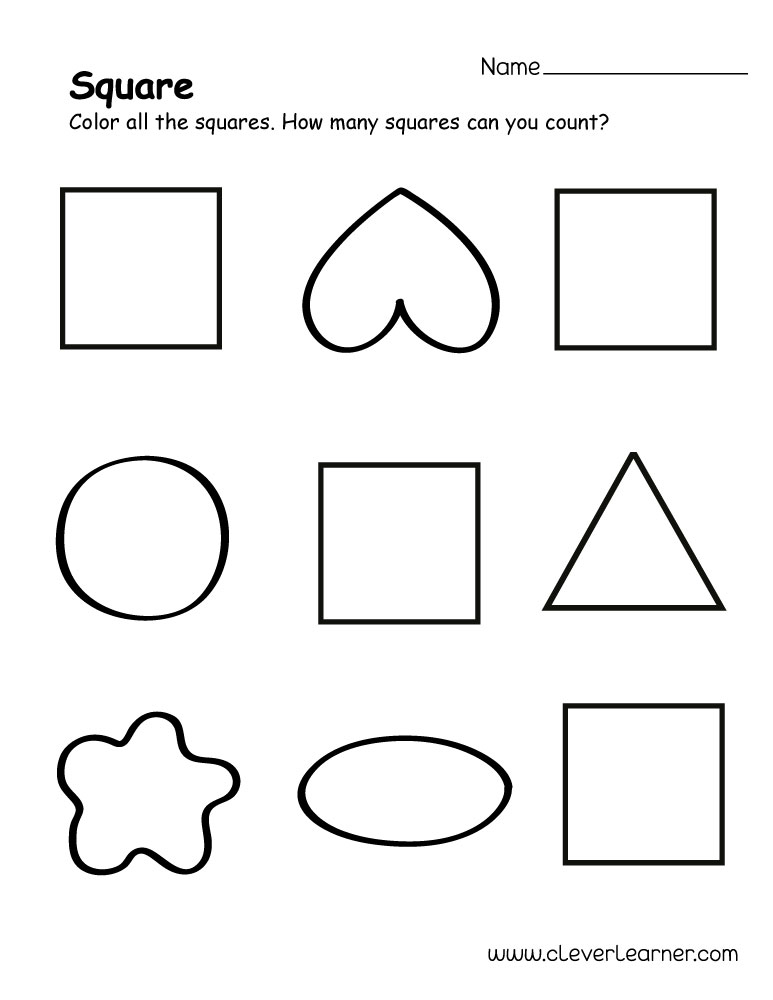
Check out our favorite ways to teach your toddler shapes:
Playdough Shape Mats
I love using these playdough shape mats to teach shapes to toddlers. Kids love playing with PlayDoh so it’s a great way to get them engaged in the lesson from the very start. Toddlers will begin by rolling their playdough into “snakes” which builds finger strength and coordination, so it’s great for fine motor skills. Then, teach your toddler shapes by using your playdough “snakes” to form the outline of each shape on these adorable playdough shape mats.
You can add even more learning fun by asking kids what their shapes look like. It’s a great way to extend the lesson with toddlers. Say “Hey, my triangle looks like pizza!” and so on. This will help toddlers connect the shapes they’re creating on the mats to the shapes they see in everyday life.
Geoboard Shapes
If you’re looking for another fun, hands on way to teach your kid shapes, try using geoboards.
These geoboard shape cards are a fun way for kids to make shapes.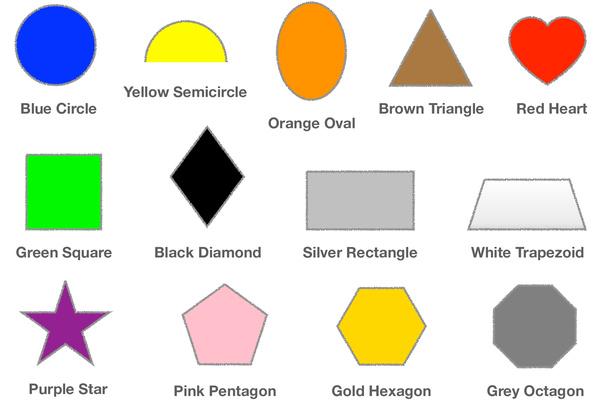 This set comes with 8 cards to make several different 2D shapes.
This set comes with 8 cards to make several different 2D shapes.
Learn Shapes in Real Life
Your little learner will have to study the pictures carefully to identify the real life shapes on these clothes pin clip mats.
This shape activity printable is an easy way to see if your toddler can identify shapes in the world around them all while strengthening their fine motor skills. Simply identify the shape in the center and clip clothes pin on each matching real life shape.
Shape Coloring Pages
Coloring pages are lots of fun, but they’re also great tools for early learning.
Toddlers can build important early learning skills like concentration, learn proper pencil grip, and practice color recognition too with these shape coloring pages.
I love teaching shapes to toddlers with shape coloring pages because they help kids to see that shapes are a part of our natural world and we encounter them daily.
Shape Sorting Activities
With sorting activities, toddlers learn to separate objects according to their similarities and differences.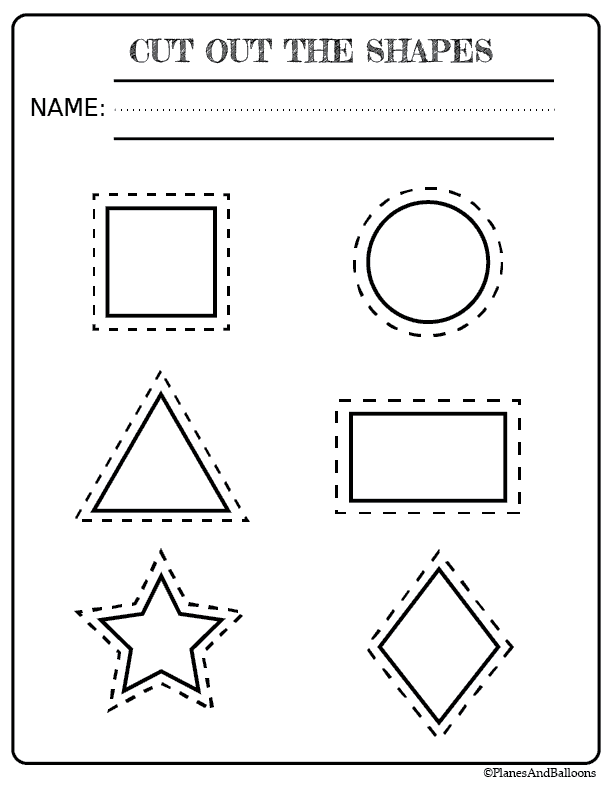 Shape sorting activities help toddlers develop early problem solving skills by requiring them to determine whether an object is more like a quadrilateral or a triangle and make decisions about the attributes of each shape.
Shape sorting activities help toddlers develop early problem solving skills by requiring them to determine whether an object is more like a quadrilateral or a triangle and make decisions about the attributes of each shape.
Here are all the skills your toddler can learn from sorting shapes:
- Problem solving skills
- Visual discernment
- Pattern identification
- Fine motor skills
You can create your own super easy shape sorting activity at home using only colored paper, a marker, and scissors. Begin by drawing 4 columns on a piece of paper. Then, use your scissors to cut out 4 basic shapes (circle, square, triangle, rectangle). Place a triangle in one column, a circle in one column, etc. Then, have your toddler sort the remaining shapes into the proper columns.
Make this shape sorting activity easier for your toddler by making each shape the same color. For example, make all the rectangles yellow. To make this activity more challenging, use lots of different colors for every shape.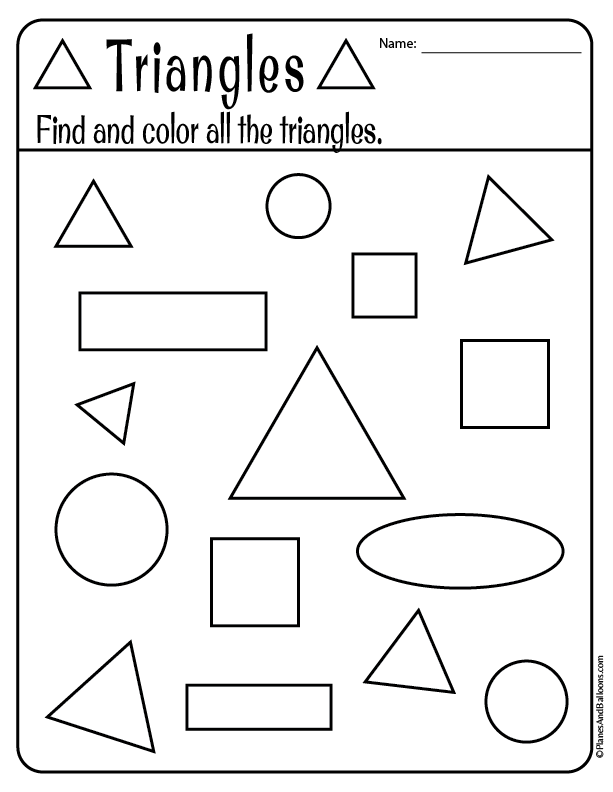
Printable Shape Activity Pages
I’m in love with these printable shape worksheets because they have a hands on element your toddlers will love!
Kids can use toy cars to learn about shapes with these printable shape worksheets where shapes are formed with “roads.” Toddlers can drive their toy cars around the shape to discover how many sides and corners each shape has. It’s a great way for kids to build familiarity with each shape while having fun.
Plus, these printable shape worksheets have an activity at the bottom to help your toddler recognize shapes they see in everyday life. For older kids, there’s a fun tracing activity at the top for practicing pre-writing skills by tracing the name of the shape.
Learn Shapes with Dot Marker Activities
Don’t you just love dot markers? Dot markers are super easy for teachers and moms, and they’re lots of fun for toddlers too.
You can use dot markers to teach your toddler shapes. Toddlers can improve their hand eye coordination as they aim and stamp each circle provided on these dot marker printables.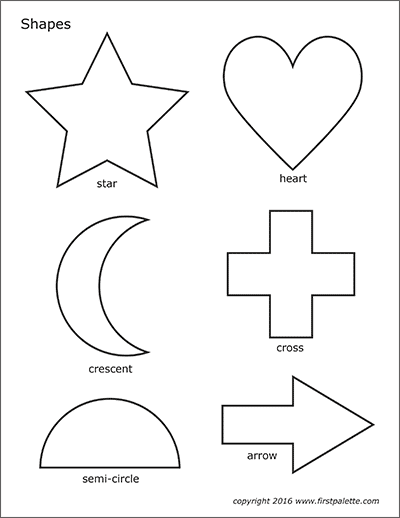
Your toddler will be building fine motor skills, strong finger muscles, working left to right, and exploring their own creativity with these dot marker printables too. Let them use as many colors as they like to complete the shapes on these dot marker pages.
Shape Neighborhood Matching Game
Have you heard of gameschooling? Gameschooling is all about using games to teach important skills and lessons. Using gameschooling with toddlers is a fun way to boost connection and learn through play with your kids.
Check out this shape neighborhood matching game to explore teaching shapes to your toddlers with a fun game.
Matching games are a fantastic way to develop visual discrimination skills, problem solving, build memory, and practice fine motor skills too. You can use this shape neighborhood matching game to help your toddlers identify shapes in the world around them by matching the shaped items to the correct shape houses in this printable game.
This game also involves sorting shapes which will help your toddlers develop important early learning skills while they learn to identify basic shapes.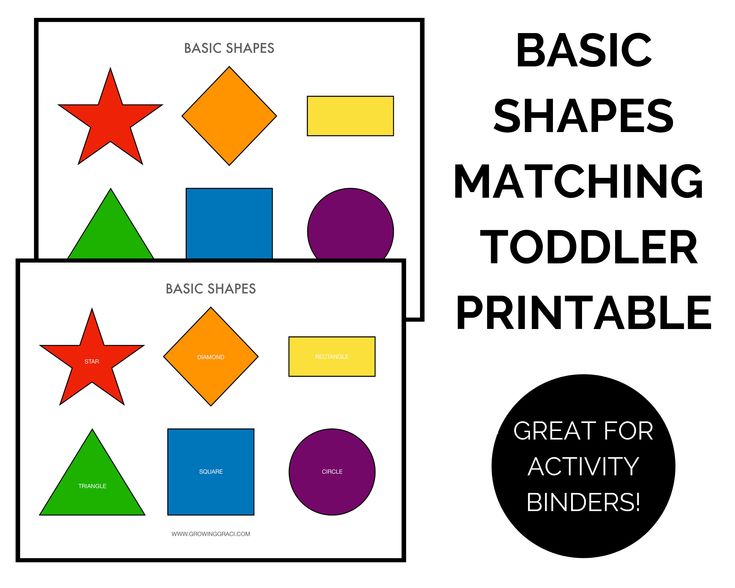
Printable Snowman Shape Activity
Just in time for Winter, this snowman shape activity is an adorable printable your toddlers will love! My favorite way to use this activity with toddlers is to have them build their own snowmen by matching the everyday shapes on each snowman piece.
Can your toddler identify the square shapes they see every day and match them up with the square snowman head? With this fun Winter activity, you’ll be able to teach your toddler shapes while having fun.
Printable Shape Hats for Kids
Preschool shape hats are a great way to reinforce the shape of the week in school. After the days shape lesson, print these free shape hat templates out and create an easy shape hat for kids.
These printable shape hats are great because they reinforce real world objects that are the matching shape and handwriting skills as your students trace the shape name.
In Conclusion
How will you teach your toddler shapes this year? What’s your favorite activity or book for learning about shapes with toddlers?
Share your favorite ideas and activities for teaching shapes at home and in the classroom in the comment section. I can’t wait to read all about your learning journey and try some of your shape learning ideas with my toddlers too.
I can’t wait to read all about your learning journey and try some of your shape learning ideas with my toddlers too.
Learning geometric shapes with kids from 1 year old
In today's article I would like to talk about how easy and fun it is to learn geometric shapes with a baby, and why bother with geometry at such an early age. What games will be interesting for a baby from 1 year old, and what materials you will need for classes - read about all this in the article. In addition, here you will find some useful materials for download.
Why study geometric shapes with a baby?
-
We see geometric shapes everywhere, they can be seen in most of the objects around us: a round ball, a rectangular table, etc. Analyzing the similarity of surrounding objects with geometric shapes, the child wonderfully trains associative and spatial thinking.
- The study of geometric shapes is useful for the overall development of the baby, expanding his knowledge about the world around him.
 If you introduce a child to forms at an early age, it will be much easier for him at school.
If you introduce a child to forms at an early age, it will be much easier for him at school. -
Many interesting educational games are based on the ability to distinguish geometric shapes. These are construction, games with a sorter, a mosaic, a mathematical tablet, Gyenesh blocks, etc. Therefore, the study of forms at such an early age will contribute to the further successful development of the child.
So, games for learning and strengthening knowledge about geometric shapes :
1. Name geometric shapes always and everywhere
If you come across a figure while playing games or reading books, be sure to draw your child's attention to it and name it (“Look, the ball looks like a circle, and the cube looks like a square”). Even if it seems to you that the child is still unlikely to remember the names of the figures, pronounce them anyway, and they will certainly be deposited in his head. You can do this for up to a year.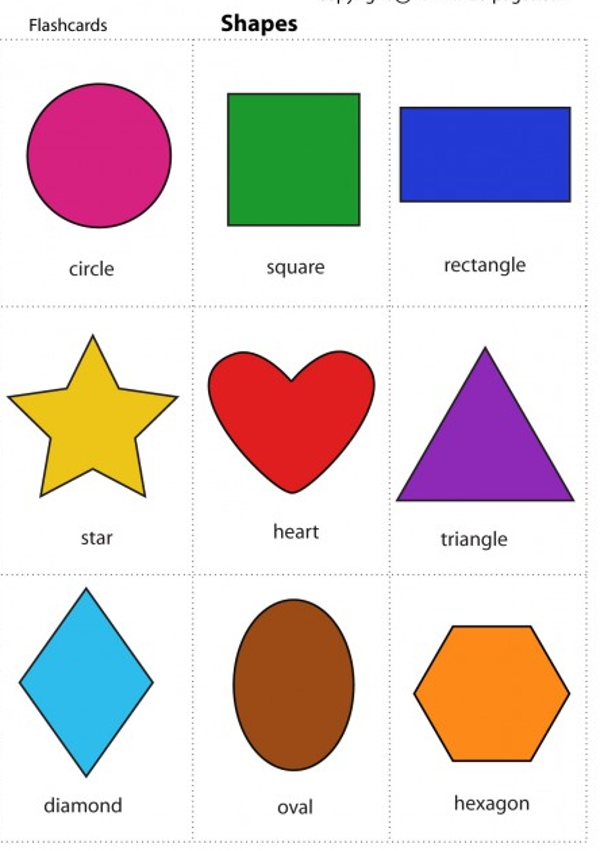 At first, point only to the main shapes (square, circle, triangle), then, when you realize that the baby has mastered them, start studying other shapes.
At first, point only to the main shapes (square, circle, triangle), then, when you realize that the baby has mastered them, start studying other shapes.
2. Play Geometric Lotto
You can learn anything with lotto: colors, geometric shapes, vegetables, animals, etc. And geometric lotto is also quite easy to do on your own: on a sheet of paper or cardboard, draw or print two identical sets of figures, one of which is cut into cards. Everything is ready, you can play. Our lotto templates for learning geometric shapes can be DOWNLOADED HERE.
For the first lessons with the baby, it is better to use loto, where there are only 3-4 figures. When the baby has mastered such a game well, gradually complicate the task. It is also useful for the first time to make all the pieces on the playing field of the same color and size. In this case, the child will focus on only one sign - the form, while other characteristics will neither distract nor prompt him.
Both cards with the image of figures and three-dimensional figures can be placed on the playing field. Good for this purpose are Gyenesh blocks (Ozon, KoroBoom), figures from a sorter, an insert frame.
Well, the most troublesome option is to buy a ready-made loto with geometric shapes.
3. Playing with the sorter
Approximately at the age of 1 year, the child begins to notice that the figure of the sorter chosen by him (Ozone, Labyrinth, My-shop) can not be pushed into every hole. Therefore, during the game, it is necessary to focus on this: “So, here we have a circle - it doesn’t fit here, it doesn’t fit here, but where does it fit?”. At first, turning the figure at the right angle can be difficult for the baby, but it's not scary, it's a matter of practice. Most importantly, do not forget to pronounce the names of the figures all the time during the exciting process of “pushing through”, and the child will quietly remember them all.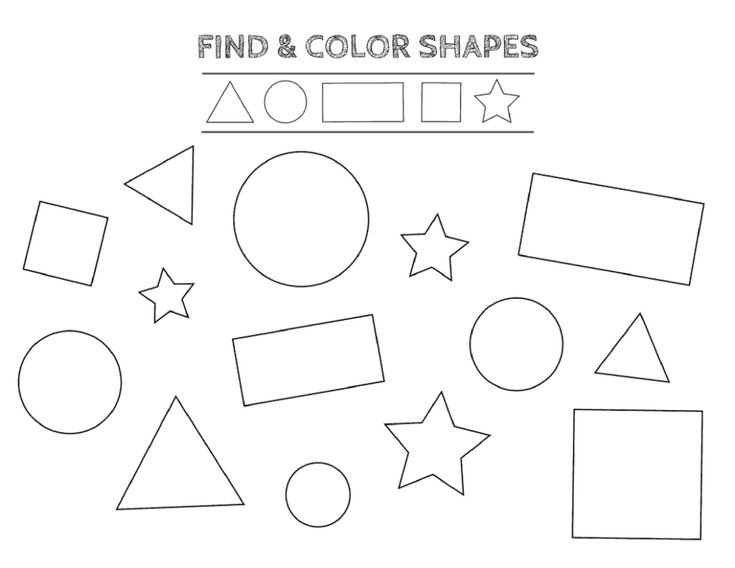
Important! When choosing a sorter, pay attention to the fact that all the main geometric shapes are presented there, and not just hearts and crescents.
4. Playing with the insert frame
You will need an insert frame that contains all the main figures. At its core, the game is similar to a sorter.
5. Sorting geometric shapes
The process of sorting objects began to interest my daughter at the age of 1 year 4 months. We sorted the items by color, size and, of course, shape. I think Taisiya really liked this game, because we often involved her toy friends in it. As soon as, for example, the Masha doll was called into the game, she immediately reported that she liked to play only with triangles, and the bear said that he only liked rectangles. So we had to carefully select the figures so as not to offend anyone :)
6. Draw
When drawing together with your child, do not forget to say the names of the shapes.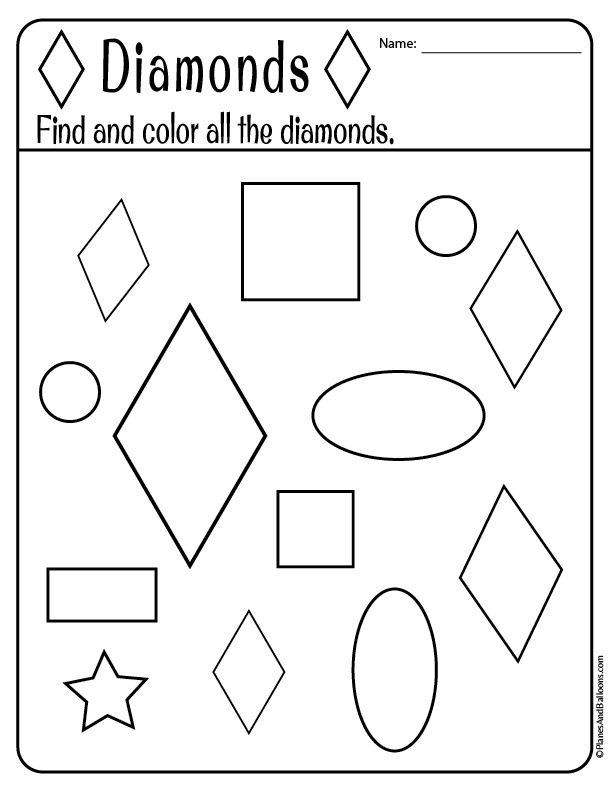 "So, let's draw a square, now a triangle - we got a house", "Let's draw a circle, an oval, a stick, a stick - we get a little man."
"So, let's draw a square, now a triangle - we got a house", "Let's draw a circle, an oval, a stick, a stick - we get a little man."
From about 1.5 years old, the baby can already be offered to trace shapes using stencils. You can make the first stencils with geometric shapes yourself from thick cardboard, because. ready-made stencils are usually very small for the very first drawing experiences. I made the first stencils for Taisiya from a not very successful set of cards (the pictures were not very good, but the cardboard is excellent), four main figures were enough for us (the size of our stencils is 8 × 8 cm).
At the age of 2, Taisiya fell in love with drawing on small stencils (another option), and also at this age we started tracing Gyenes blocks from the outside, it was no less interesting, although more difficult.
7. We glue
You can use geometric shapes in appliqué lessons even from the very first lesson.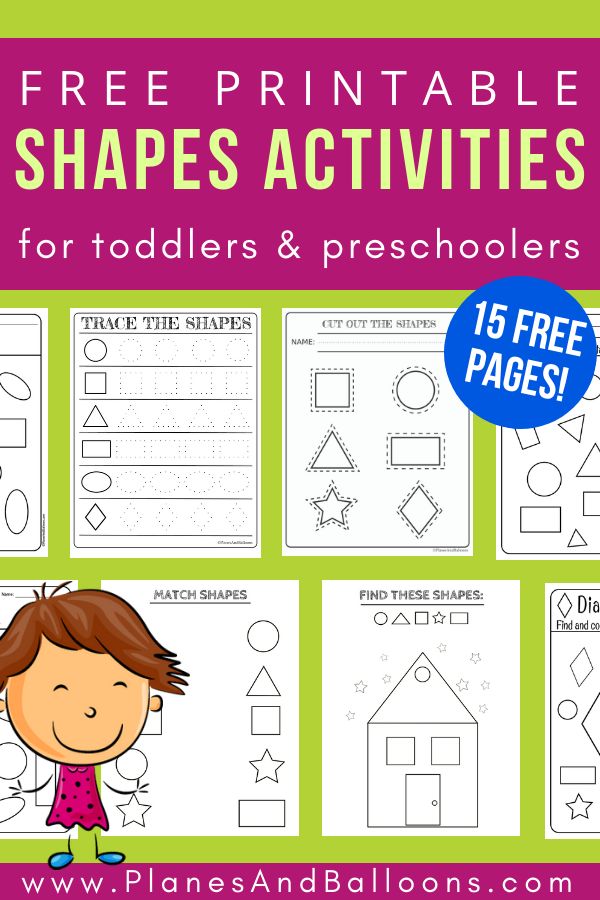 When a baby is just getting acquainted with glue (in my opinion, acquaintance goes well at the age of 1 year 2-3 months), he is more interested in the process of gluing than in creating some kind of composition. Therefore, it is not necessary to create complex pictures in the first applications with the baby, start simply by chaotically gluing pieces of paper on a piece of paper, or even better, by chaotically gluing geometric shapes! While the kid enthusiastically smears the figure with glue (with your help) and puts it on a piece of paper, you tell him what it is called. With such a game, all the names fit very well in the baby’s head, one might say, firmly “stick”
When a baby is just getting acquainted with glue (in my opinion, acquaintance goes well at the age of 1 year 2-3 months), he is more interested in the process of gluing than in creating some kind of composition. Therefore, it is not necessary to create complex pictures in the first applications with the baby, start simply by chaotically gluing pieces of paper on a piece of paper, or even better, by chaotically gluing geometric shapes! While the kid enthusiastically smears the figure with glue (with your help) and puts it on a piece of paper, you tell him what it is called. With such a game, all the names fit very well in the baby’s head, one might say, firmly “stick”
When the baby already succeeds in sticking appliqué elements to the specified places (from about 1.5 years old), you can try to create a simple composition.
You can also use various ready-made manuals in your lessons, for example:
- School of the Seven Dwarfs 1+. Form, color (Ozon, My-shop)
- Educational stickers for babies.
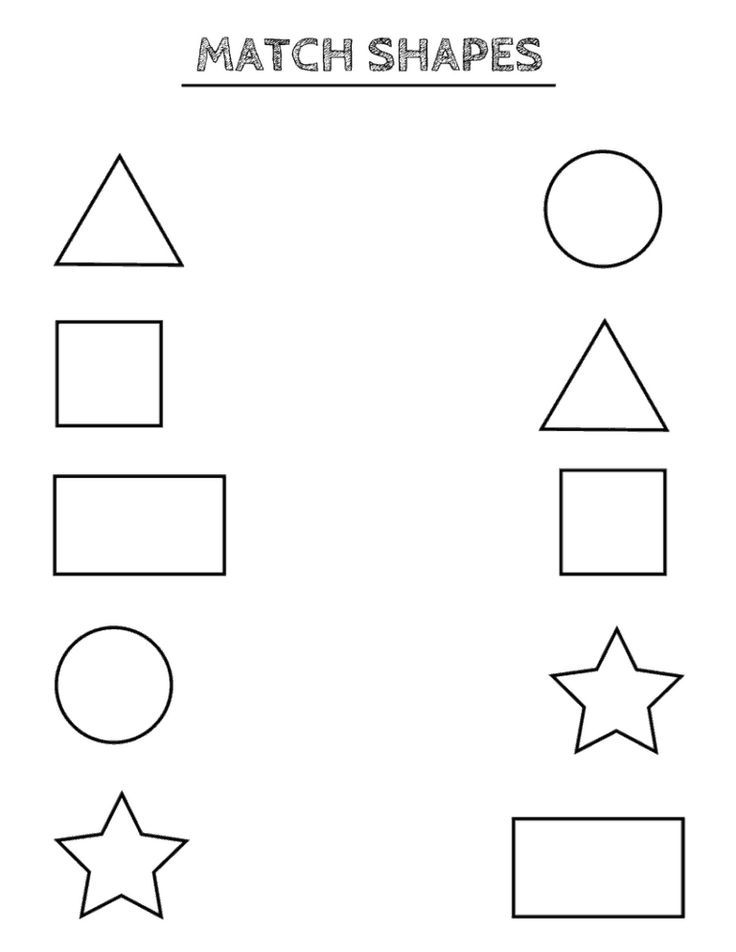 Form (Ozon, My-shop)
Form (Ozon, My-shop)
- Wonderful stickers. Cheerful geometry (Ozon, My-shop)
8. Find objects similar in shape
For little ones a little older (from 1 year 6–9 months) it is very useful to draw analogies between geometric shapes and surrounding objects. While reading and playing, on a walk, draw your baby's attention to the fact that a plate is a circle, a window is a rectangle, and a sandbox is a square, etc. Thus, you will contribute to the development of the child's spatial and associative thinking.
You can also perform tasks to find objects in the picture that match the given figure, for example, "Find all the round objects." Several tasks can be DOWNLOAD HERE .
Here is another interesting shape recognition game - "Find a similar shape" (Maze, My-shop). Despite the fact that the age on it is 3-5 years old, it will be of interest to a child of 2 years old and even a little earlier.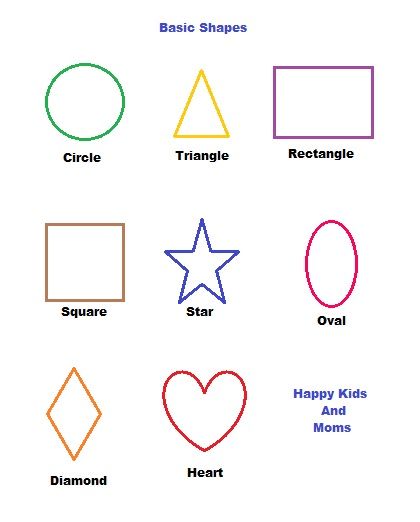
9. Learn forms from Doman cards
In fact, I find this method of studying forms to be the most effective. If you study with Doman's cards, the child will remember all the figures very quickly, and you will spend a minimum of effort on this. However, it should be noted that in order for the knowledge gained from Doman's cards to be deposited in the baby's head, they must be consolidated through other games (see above). Otherwise, the child will quickly forget everything that you showed him. Therefore, I recommend starting to look at Doman's cards with geometric shapes at about the age of 1 year, since at this time the baby becomes interested in sorters, insert frames, drawing, appliqué, etc. And, having studied the forms from the pictures, he will be able to use the knowledge gained in these games. By the way, cards "Geometric shapes" can be DOWNLOAD HERE and buy HERE.
You can read about our experience in studying figures using Doman's cards here.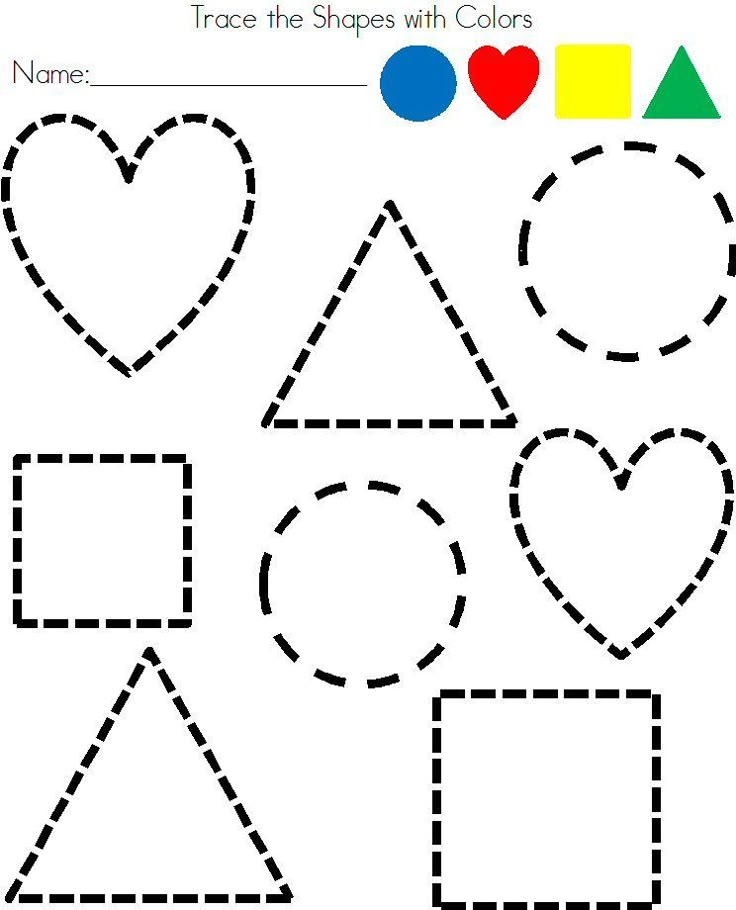
10. Watching educational cartoons
Well, of course, it doesn't hurt to watch cartoons on the theme "Geometric shapes", now you can find a lot of them on the Internet. Here are some of them: they show the child a couple of times, for example, a square, and in the future, the training comes down to the question “Tell me, what kind of figure is this?”. This approach is extremely wrong. Firstly, because, like any person, a child does not like it too much when they arrange a knowledge test for him, and this only discourages him from studying. Secondly, before asking a kid about something, he needs to explain and show it a lot of times!
Therefore, try to keep screening questions to a minimum. Just repeat and repeat the information you are learning, be it the names of shapes or something else. Do this while playing and talking with your baby. And the fact that the child has learned everything, you will soon see for yourself without unnecessary checks.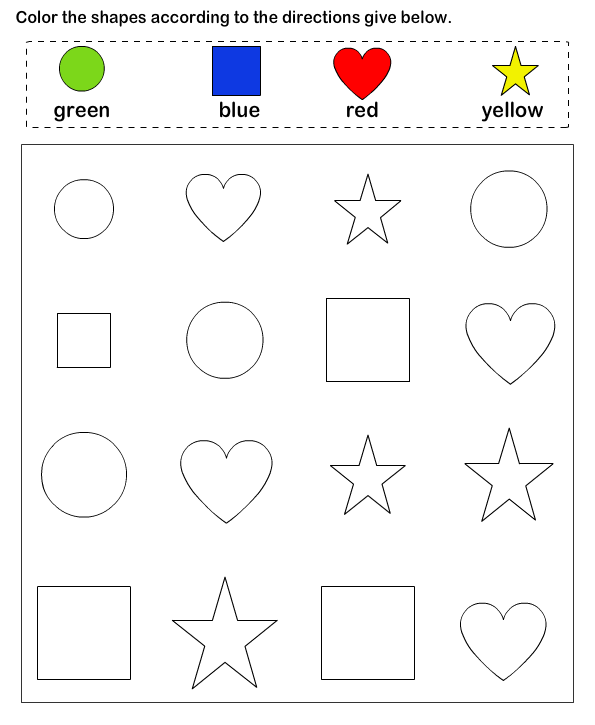
That's all for me, thank you for your attention! I will be very glad if you share with us your ideas of games for the study of figures.
Sincerely yours, Yana Raznachenko
I also recommend to see articles:
Ready-made games and classes for children from 1 year old to 1 year 3 months 9,0006
Selection for children 1-2 years old 9000 FOR CHILDREN FROM 1.5 YEARS
The main forms of bronchitis in children | Mamovedia
The main forms of bronchitis in children | Mamovediya - about the health and development of the childBronchitis is a disease in which the bronchi are affected. The main forms of bronchitis in children are acute bronchitis, recurrent bronchitis and chronic bronchitis. Acute bronchitis, in turn, can be simple or obstructive.
Acute bronchitis in children, in most cases, occurs as a frequent manifestation of a respiratory infection.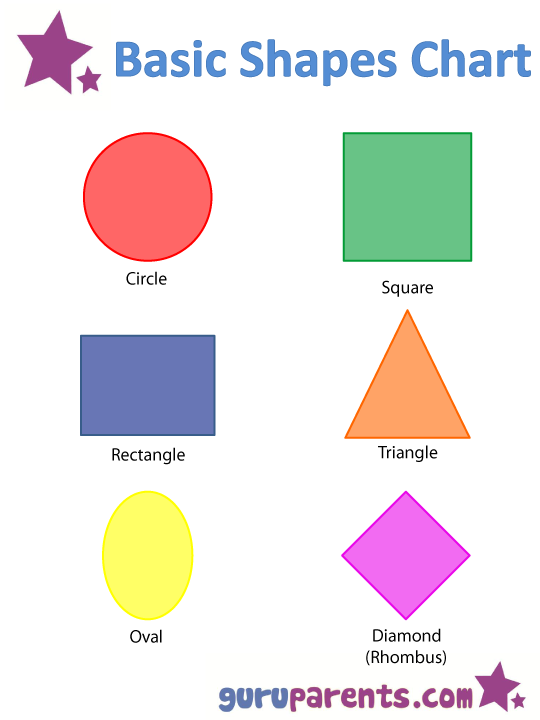 Children of all ages are prone to simple acute bronchitis, and most often children under three years of age are prone to obstructive bronchitis. A high risk of acute bronchitis in a child is associated with the anatomical and physiological features of the child's bronchopulmonary system, as well as weakened immunity.
Children of all ages are prone to simple acute bronchitis, and most often children under three years of age are prone to obstructive bronchitis. A high risk of acute bronchitis in a child is associated with the anatomical and physiological features of the child's bronchopulmonary system, as well as weakened immunity.
The main symptom of acute bronchitis in a child is a cough that is dry at the beginning of the disease, and after 4-5 days it turns into a wet one. It is very important when a child has a wet cough to pay attention to the color and nature of sputum.
Simple acute bronchitis is most often treated at home. With such bronchitis, you should not limit the child in movement, since physical activity will contribute to the rapid discharge of sputum.
For acute bronchitis, the doctor prescribes drugs to relieve cough and expectoration, and decides whether antibiotics are needed.
In case of obstructive form of acute bronchitis , the disease begins as an acute respiratory viral infection, and after 4-5 days there is frequent, shallow and difficult breathing with wheezing.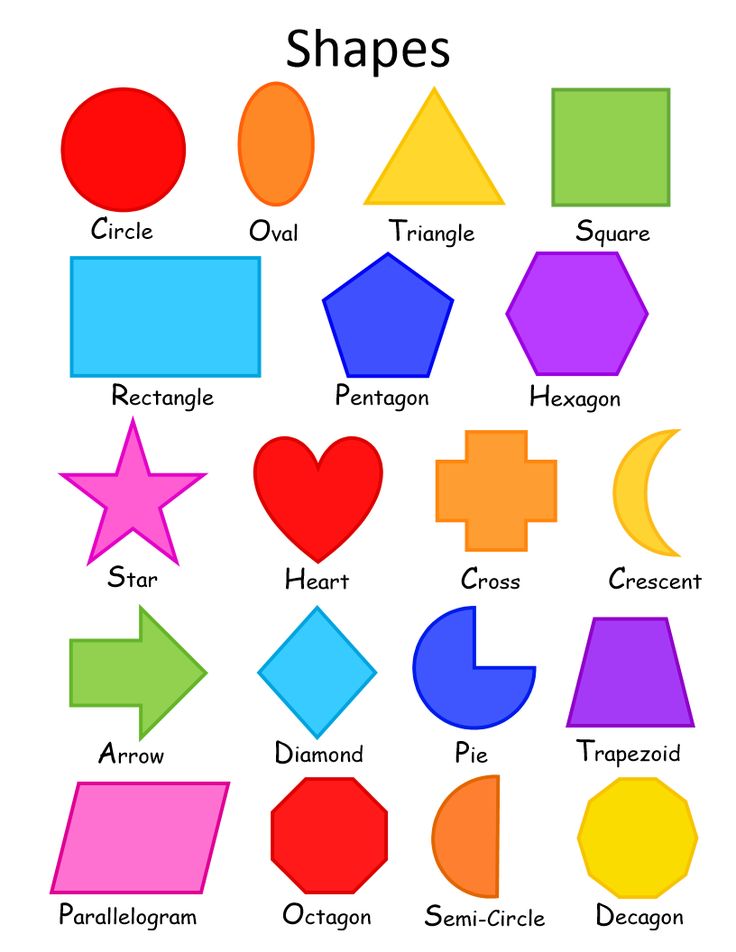 Very often, for the treatment of this form of bronchitis, the doctor prescribes medicines to children that help expand the bronchi.
Very often, for the treatment of this form of bronchitis, the doctor prescribes medicines to children that help expand the bronchi.
Recurrent bronchitis in children is one of the most common pathologies of the respiratory system. The diagnosis of "recurrent bronchitis" is made if the disease recurs at least three times within two years. With this form of bronchitis, the disease proceeds as acute bronchitis, which is accompanied by moderate fever and prolonged cough, lasting more than three weeks.
The chronic form of bronchitis in children is rare, but if it occurs, the disease is most often accompanied by chronic inflammatory diseases of the lungs. In chronic bronchitis, there is a constant intense cough with sputum, as well as wheezing. In chronic bronchitis, in addition to drugs, the child is prescribed gymnastics and massage.
Articles on the topic "Bronchit"
Bronchitis
Acute bronchitis
Bronchitis
How to distinguish bronchitis in a child from lung inflammation
Bronchitis
Bronchitis in a child - we do everything correctly
Bronchitis
REMOUNTING AND babies and everything about him
Bronchitis
Simple bronchitis in young children
Bronchitis
Obstructive bronchitis in a child: what needs to be done for recovery
Bronchitis
Chronic bronchitis in children
Popular
Body care
Calluses on the feet.